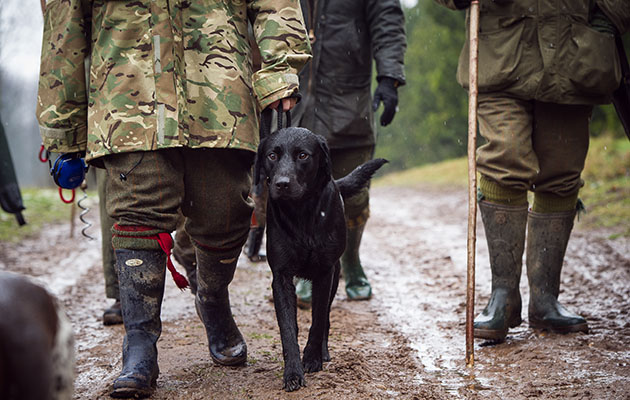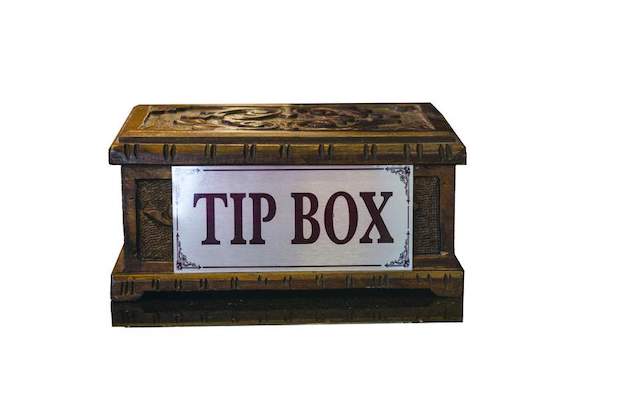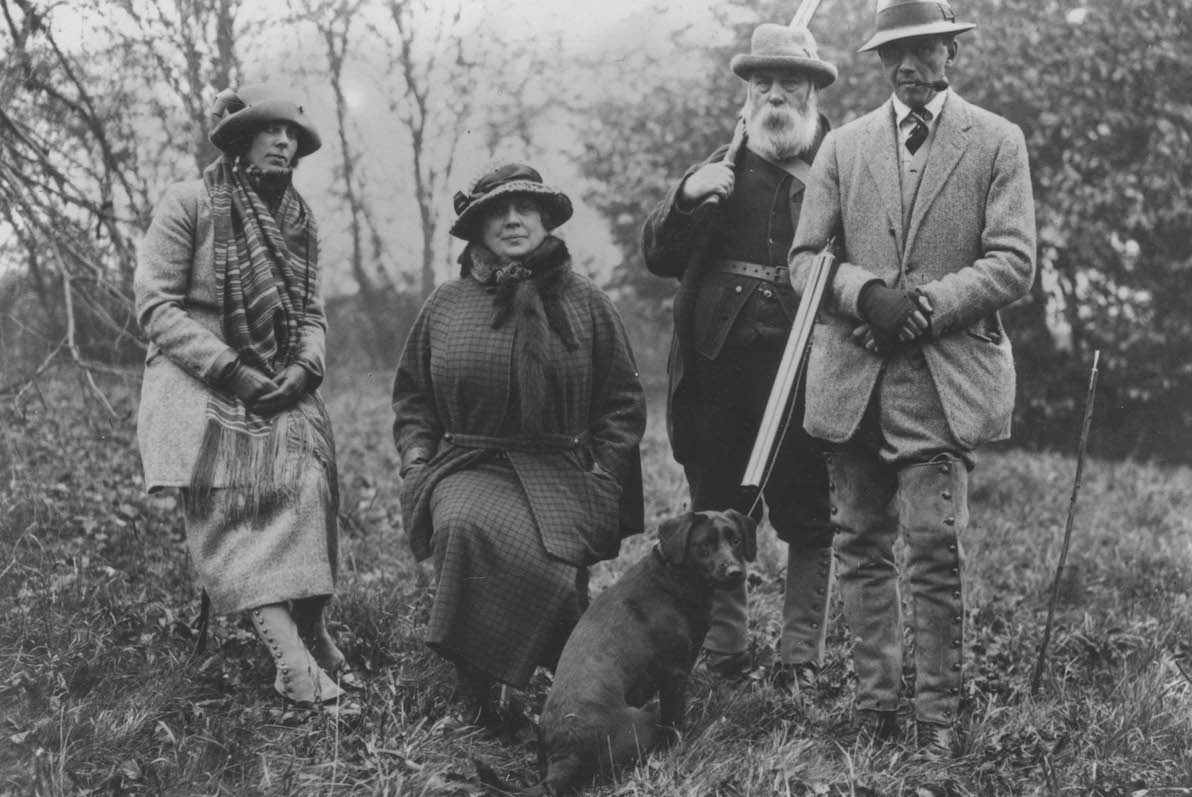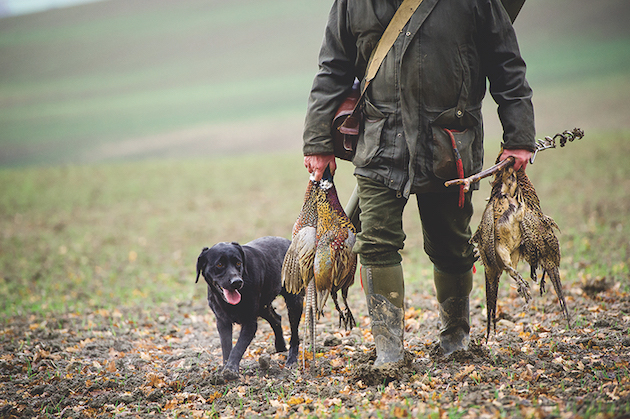Poor drives on commercial shoots: poor excuse or unfair demand?
We get the thoughts of a paying gun, a gamekeeper and a shoot manager on poor drives on commercial shoots.

In the world of commercial shooting, is it good enough to explain a poor drive by saying it was the first time through?
The Paying Gun, by Matthew Alexander
As shooting has become more expensive it’s only fair to the paying customer that the offering also improves. Guns are more intolerant – justifiably – to excuses like the one often used in early season: “Sorry the drive wasn’t great, it was the first time through.” Early days are hugely anticipated so it’s depressing when the partridges come through head high. Sadly too many early days are blighted by inferior sport. We graciously shrug it off but I feel more can be done.
To be fair, in the early season it can often be hot and still, and late crop harvesting can play havoc. But commercial shoots must do everything to minimise the risk of disappointment. Family shoots and syndicates have more flexibility given the more relaxed nature of the days and guns’ attitudes.
I remember shooting on the Sussex Downs on a sweltering day in September and the partridges were outstanding. The estate was blessed with good terrain but what was most impressive was the fact the estate had put their birds out as early as possible. They were twice the size of some partridges I’ve shot. I am concerned that some estates either put game out too late or start the season too early.

Discount early-season commercial shoots
An obvious option to limit disappointment is to discount early- season shooting. I think partridges in September and even pheasants in October should be cheaper than an estate’s headline price. Shoots often tell me the early-season days are the hardest to let – that’s because the shooting is usually softer and the bags are potentially higher. So why not make it financially more attractive for guns?
The profit margin on a bird shot in September/October is far superior to December/January given the volume of feeding those birds require – so why not transfer this to the guns? A lower pound per bird rate naturally sends a message to the guns that will make them more tolerant of an average day’s sport. Some shoots do have different prices in September and October and a single headline price from November 1 onwards, and I applaud them.
I also fail to see why more shoots don’t trial-run drives. I am no gamekeeping expert but I do know practice makes perfect. I hear that keepers don’t like disturbing birds but feel it’s an attitude from a bygone era or one from family shoots with invited guests. I am not sure commercial shoots can have this luxury.
I have zero sympathy for pheasant drives being first time through. There aren’t the weather or crop issues often cited with partridges, and plenty of time to get them ready. Why not stick in a few tenants or a host’s day early on to stir things up? Pheasant drives from crops should be all getting shot in October, leaving the woods to come in later.
As a gun I can see no benefit in being first time through. There’s too much risk. Generally the birds need livening up so please either do this without guns or at a discounted price.
Paying guns aren’t guinea pigs and sadly won’t return if treated like them.
The Gamekeeper, by David Whitby
The first six or seven weeks of a pheasant’s life are spent on a rearing field with a constant supply of food, water and heat. There is a high degree of husbandry and human interaction. At around six weeks, poults are transferred to release pens, where human presence becomes even greater as they are visited and fed three times a day. Each visit involves a thorough walk around the pen – essential if early signs of disease are to be spotted. At this point they have a great deal of human interaction and want for nothing.
As birds spread out of the pen, many keepers adopt a hand-feeding and whistling regime: poults will associate the keeper, his whistle and the time of day with food. The aim is to have as many pheasants as possible on the whistle and returning at feed times. The keeper’s main objective is to hold his birds in the coverts; again this is achieved by regular feeding. If hopper feeding is adopted then the daily regime will be replaced by feed stations positioned throughout the drives. Birds may become less accustomed to human presence, but advocates of hand-feeding may argue that returns will suffer. Whatever the chosen method, human presence has been largely associated with food and safety.
Unfortunately our season begins in October and many of us will not run a day until late in the month when hopefully the weather is a little less warm and birds slightly older. The books say pheasants are fully matured at 18 weeks but I would advocate 20 weeks before they are driven. An extra two weeks is a long time in a pheasant’s life and ours are at least 22 weeks old before facing the pegs.

Indian Summers spell disaster
Very often these days we have Indian Summers. These balmy days often spell disaster for driven game shooting, and if you combine them with birds that aren’t quite ready, then, frankly, what do you expect? First time through the coverts is always a challenge, but on a warm day even more so.
The only reason for legitimate complaint at the start of the season is the evidence of young, tail-less poults – birds that have not reached maturity let alone full strength. Other than that, the first time through is a learning curve for released game; they will soon associate a line of beaters with danger and sit on their tails as they leave the coverts.
Many years ago, before the days of commercial shooting, most shoots were run as syndicates. The big advantage with syndicates is that in the event of a disappointing day, for whatever reason, the next day can make up for it. Syndicate guns also tend to have a greater understanding of game management, with a more out-of- season relationship with the shoot.
Yes early days may be disappointing, but good, selective guns will usually enjoy sufficiently testing birds. Hopefully they will marvel at the magnificent colours and array of wildlife in our autumn countryside, enjoy the re-acquaintance of old shooting friends and revel in the fact the headkeeper is exceedingly stressed!
To the gentleman who is tired of poor early-season drives, I would say that if you are not prepared to accept possible disappointment, don’t come at the beginning. Perhaps take more January days when you may well end up wishing you at least had some of those disappointing birds to warm your barrels and hands.
We may take a week on the best salmon river and not catch a fish, patrol the Highlands and not shoot a stag, bury your legs in the mud of the Wash and not fire a shot, or take a day in autumn and find the birds will not fly.
To quote a friend, this is fishing, stalking and shooting – not shopping.
The Shoot Manager, by Barney Stratton
There has to be a first day of the season and for the shoot owner it is usually the most stressful.
However many birds might be in the drive it matters little if they don’t fly well or in the right direction. So how best to manage the situation?
The first factor is to ensure the birds are old and fit enough to shoot. It is a false economy to get poults as late as possible, even though they might be cheaper and have a little less time to stray. They need to be as strong as possible from the beginning. Not every bird will fly its best on the first outing but there needs to be enough that do so the guns can concentrate on these and ignore the low ones. Shoots should not be tempted to start their season before they are ready. If crops (partridges) or leaves on trees (pheasants) are an issue then book the start when there is a good chance they are clear.
Choosing which drives to shoot and in which order is important. Most shoots have “signature” drives which should be included if at all possible in the first days so the guns get the better birds and feel they are being well looked after. Less good quality drives could be left for later days when an “average” drive won’t dominate the perception of the day. I will sometimes slip in such a drive as a surprise when the guns think their day is finished, so it is treated as a bonus, not a burden.

A matter of supply and demand
Secondly, choosing the right team for the first time is important. Many shoots will have a friends and family day to get things going, but on the commercial shoots this often isn’t possible. There is no point booking a team of crack shots for the first time through, as everyone will be disappointed, but there are many teams looking for a fun day out who don’t need super-challenging birds. They should be encouraged to come earlier.
Which leads to the next important issue – pricing. I am not a fan of differential pricing through the season as it is too complicated, but am always prepared to be generous with overage on early days. Ultimately it is a matter of supply and demand, so if the early days are proving difficult to sell then shoots should be prepared to offer a discount or a fixed price.
The bottom line is that guns need to understand what they are buying. If you want excellent shooting from the beginning then choose the shoot with care and be prepared to pay extra. If the team doesn’t like early-season birds from flatter ground, just don’t book there until later in the season. Anyone who shoots needs to understand the cycle of the shooting season and manage their expectations and shooting dates accordingly.








